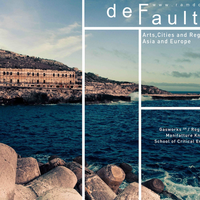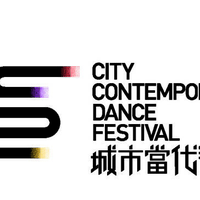ArtHub

Arthub is a Shanghai based and Hong Kong registered not-for-profit platform devoted to contemporary art creation and diffusion.
Arthub (born in 2007 as Arthub Asia), stemmed from the desire of exploring and experimenting with the possibilities of collaborative platforms. It took off at a time of urgency, when Chinese contemporary artistic practices had a short history of structural development and faced contradictions and problems of “translation,” especially in regards to methodologies of research within the Chinese and Asian context at large.
Acting as a transcultural mediator, Arthub orchestrates collaborations between Asian and overseas artists and institutions through the production of artworks, exhibitions, publications and educational activities. In this capacity, Arthub Asia is a proxy, an experiment that aims to connect likeminded local and global creative people, pooling at the same time some degree of authority on the Asian visual art spectrum.
Similar content
from - to
16 Apr 2013 - 16 Apr 2013
deadline
02 Jun 2013
from - to
07 Sep 2012 - 09 Sep 2012
04 Aug 2016
posted on
14 Dec 2010
from - to
21 Nov 2017 - 26 Nov 2017






